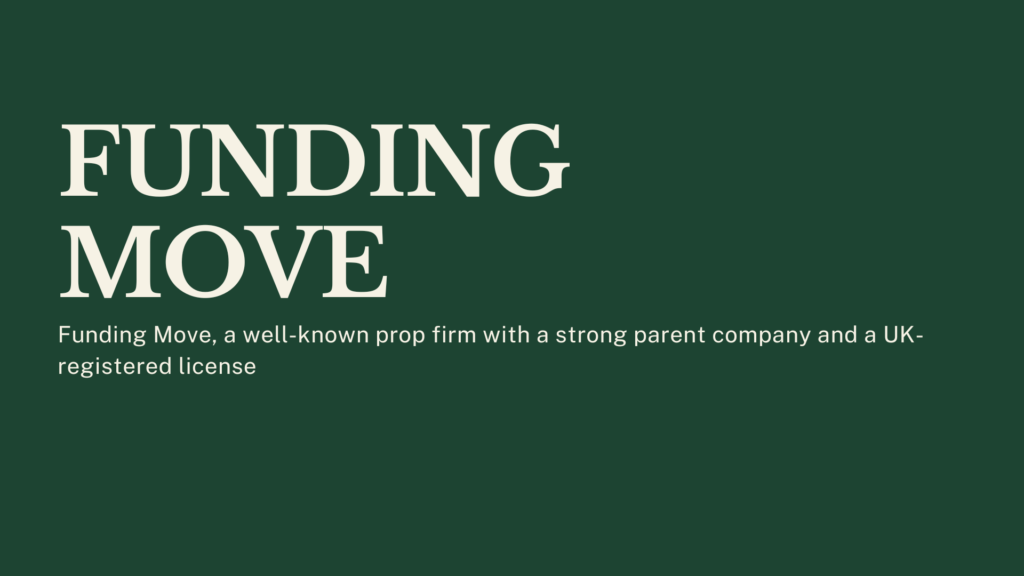What is Forex?
Lesson: 1
So, how does forex trading work?
It’s actually quite simple: it’s all about money, specifically various sorts of money known as currencies.
Because you are not receiving a physical item such as a gadget or a toy, consider this: purchasing a currency is equivalent to obtaining a piece of a country, similar to buying stock in a company.
Here’s the kicker: the price of that currency reflects how the market thinks of how well that country’s economy is performing now and in the future.
So, when you buy Japanese yen, you’re really buying a piece of the Japanese economy. It’s as if you’re a mini-owner of a portion of Japan!
So, here’s the pick: buying Japanese yen is like betting that Japan’s economy is doing well and will continue to improve.
When you decide to sell those “shares” back to the market, you want to make a profit. Ideally, you’ll come out with more than you started with—profit time!
In simple terms, the exchange rate, which shows how one currency compares to another, serves as a report card for a country’s economic performance. It displays how well it is performing in comparison to other countries’ economies.
So, in the huge world of forex, there are many currencies to trade. However, when you first start out, you will most certainly find “major currencies.”
So, why are they termed “major currencies“? These are the big shots—the most traded currencies, representing some of the world’s largest economies.
But hold on! Not everyone agrees on what defines a “major currency.” Some people, who have always followed the rules, stick to USD, EUR, JPY, GBP, and CHF as the major players. Then there are those who refer to the Australian, New Zealand, and Canadian dollars as “goods currencies.”
Okay, let’s break the code of monetary symbols. They always have three letters, and the first two identify the country. The third one? That’s typically the first letter of the currency’s name. It’s simple, right?
ISO 4217 Currency Codes is the fancy name given to these amazing three letters. The International Organisation for Standardisation (ISO) developed these codes in 1973, and we’ve been using them since then.
Take the New Zealand dollar, for example. NZ stands for New Zealand, while D is for dollars. Easy, simple!
The “majors” are the currencies we discussed before since they are the largest players, the most traded.
Hey, just a heads-up: when we talk about the good old US dollar (USD), it’s not just commonly known as the “buck.” No, it has a variety of cool nicknames, including greenbacks, bones, benjis, benjamins, and many more. It’s as though the dollar had its own nickname!
So, instead of stating, “I have to go to work now,” try saying, “Yo, I gotta bounce!” You’ve got to make them benjis, son!”
And here’s an interesting fact: in Peru, the US dollar is known as the Coco. Why? Well, it’s like a nice nickname for Jorge (George in Spanish), a reference to the guy on the dollar note.

Lesson: 1
Lesson: 2
Lesson: 3
Lesson: 4
Lesson: 5
Lesson: 6
Lesson: 7
Lesson: 8
Lesson: 9
Lesson: 10
Lesson: 11
Lesson: 12
Lesson: 13
Lesson: 14
Lesson: 15
Lesson: 16
Lesson: 17
Lesson: 18
Lesson: 19
Lesson: 20
Lesson: 21
Lesson: 22
Lesson: 23
Lesson: 24
Lesson: 25
Lesson: 26
Lesson: 27
Lesson: 28
Lesson: 29
Lesson: 30
Lesson: 31
Lesson: 32
Lesson: 33
Lesson: 34
Lesson: 35
Lesson: 36
Lesson: 37
Lesson: 38
Lesson: 39
Lesson: 40
Lesson: 41
Lesson: 42
Lesson: 43
Lesson: 44